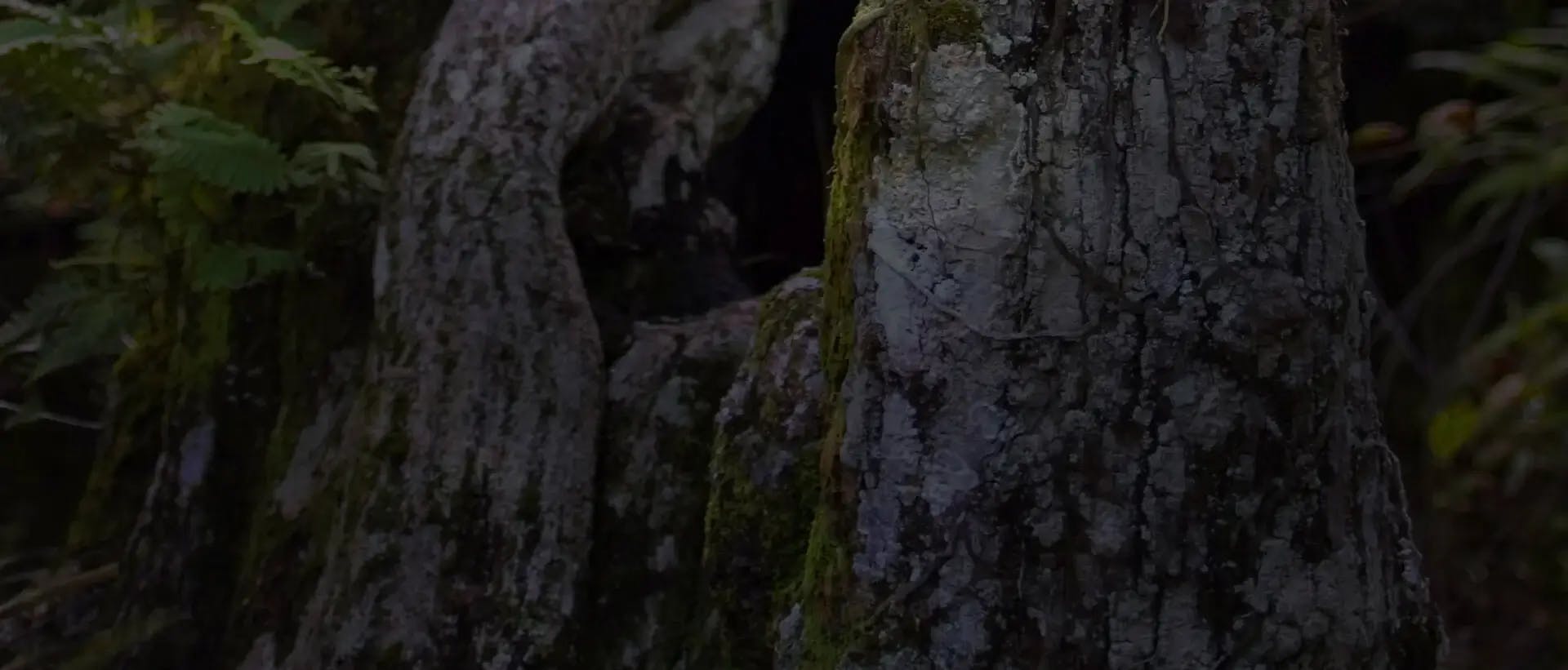Overview
Miniature caespitose tufted epiphytes. Leaves erect, linear-oblanceolate, petiolate. Inflorescences erect pedunculate subcapitate racemes, the floral bract inconspicuous. Flowers large for the size of the plant, produced singly in succession. Sepals fused, rarely free, the dorsal sepal with an elongate tail, the lateral sepals with elongate tails, often subapical and divergent, the petals minute, free. Lip obscurely three-lobed. Column straight, without wings, with a foot; pollinia 2, with elastic granular caudicles.









